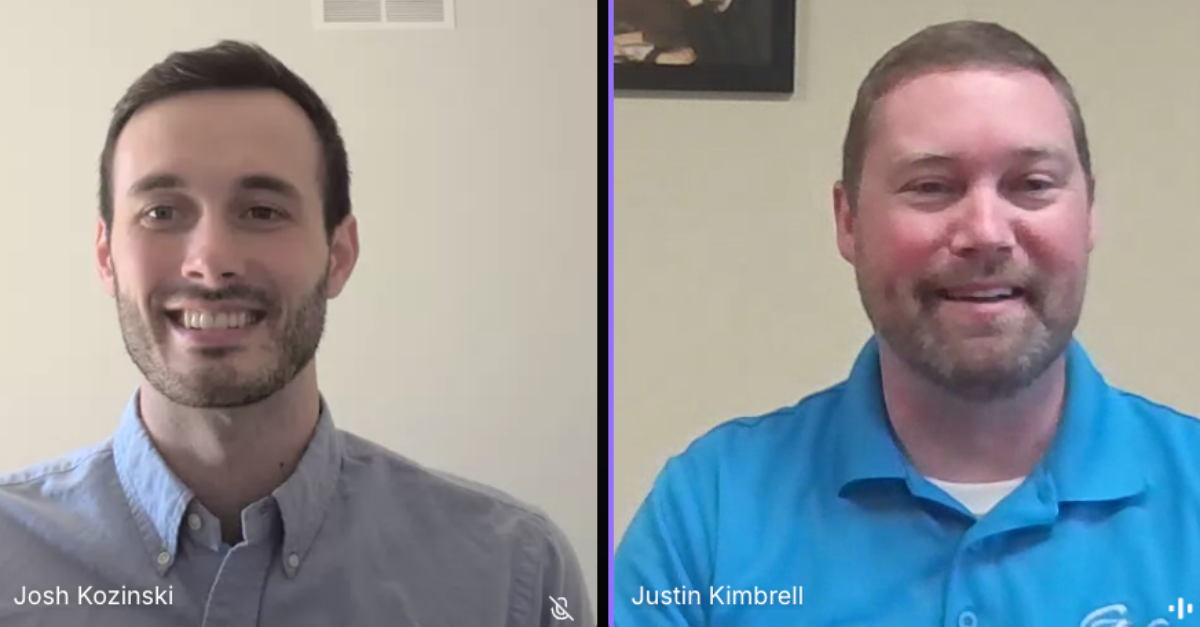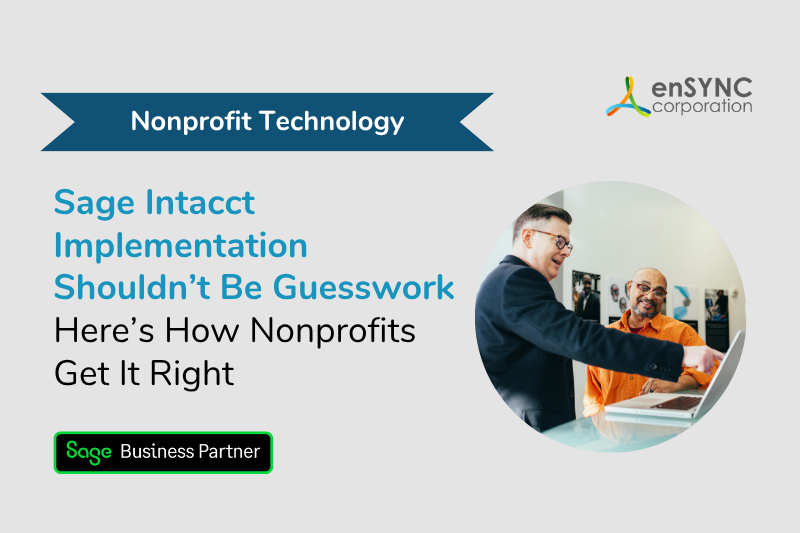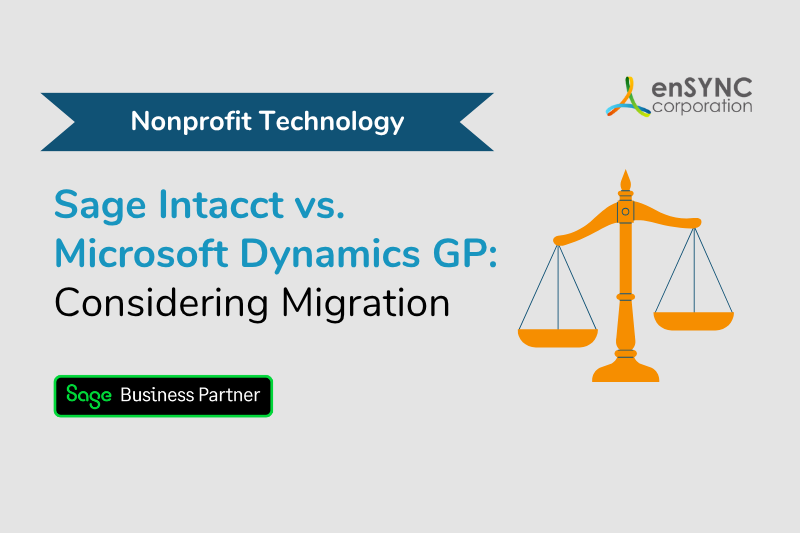Grassroots advocacy software | Strategy & planning | Nonprofits & associations | Member engagement
How Nonprofit Advocacy Can Work For you
October 20, 2022
|
Your nonprofit needs advocacy too. Regardless of the cause you’re actioning, to get the support and numbers you need requires a little help.
Advocacy can come in many forms. Whether you’re making a plea for direct action, raising awareness of key issues, or alerting the public on existing problems - your nonprofit deserves all the attention it can get.
Most importantly, advocacy is a way to garner attention, attract people to your nonprofit, and generate engagement when it may have faltered.
Read on to find out more about nonprofit advocacy, what it can do to help your nonprofit, and different advocacy activities you can take part in to get your advocacy off the ground!
What is Nonprofit Advocacy?
The answer is in the question: advocate for your nonprofit. Whether you’re defending vulnerable populations or advocating for aid in foreign countries, your nonprofit is the champion of something and advocacy is its champion.
Nonprofit advocacy means championing for your nonprofit. To help those whose lives you seek to improve, your nonprofit needs attention, awareness, and advocates.
The digital age makes this both easier and harder.
It’s easier because there are so many ways to do it. Social media platforms, opportunities for engagement, and forms of communication to get the word out.
That same thing can work against you. Because of the proliferation of things vying for all that attention, you’ve gotta stand out.
Advocacy can help with that by allowing you more curated and effective ways of communication. Instead of posting on the same platforms at the same time, take note of when and why people respond the most.
In the nonprofit sector, people respond to a wide range of advocacy. The most important aspect of response is the sustainability of your advocacy and how well it can be passed between diverse sources.
That can be as simple as posting a share link, creating a hashtag, and improving the digital visibility of your nonprofit organization.
Consider the way political campaigns impact public policies by making a public demonstration of dissatisfaction. That can involve promoting an influential bill, supporting new government representatives, or generating petitions to impact change.
Your nonprofit’s advocacy can utilize the same tools. By making constant requests of support through a variety of ways and communicating BACK to your advocates.
Humans, not unlike Pavlov’s dog, respond to rewards. By communicating the ways that they’ve helped in the past, your supporters will associate your nonprofit with positive change, momentum, and impact.
When your advocates notice you noticing others, especially in pursuit of a common cause, they’ll be more likely to engage when you need their help again and advocacy can communicate this positive association.
How is Advocacy Different from Lobbying?
You probably have questions about how all this is different from lobbying. You don’t want to endanger your nonprofit’s taxation status by doing so. (P.S. if your NGO or nonprofit’s taxation and accounting is causing you headaches, check out accounting software to relieve the stress.)
The difference between advocacy and lobbying boils down to your audience and your intention. Lobbying is a form of advocacy, but that doesn’t make all advocacy lobbying.
Direct lobbying requires interactions with lawmakers within legislation to INFLUENCE the change of legislature. Political activities do not always equal lobbying activities, it’s all in how you navigate policy advocacy.
Though that can be the long-term goal of your nonprofit (i.e. federal funding allocation, changing the federal government’s influence on abortion or medical marijauna, etc.), these interactions are not as extensive as lobbying activities.
Within the tax code, your exemption status is not jeopardized as long as your advocacy does not extend to lobbying exclusively. While your advocacy focuses on public awareness, calls to action, and shows of support to advocate for change instead of schmoozing your local Congressman, you should be fine.
What Advocacy Strategies Can My Nonprofit Use?
Several nonprofit advocacy campaigns use different strategies to get through to people. It can be difficult to pinpoint which one is right for your nonprofit.
Think back to what your nonprofit has done in the past successfully. What aspects did people respond to most? Do people like convening? Do they prefer to give money? How about a shared activity to generate awareness?
Once you’ve reflected on successful strategies, you can understand what form of advocacy would replicate that success.
Different levels of advocacy require different types of input. Check out these most popular ones. You may realize you’ve participated in nonprofit advocacy efforts before without even knowing it!
Social Advocacy
By far the most powerful, influential, and mercurial of advocacy efforts is social advocacy.
Getting the word out is the point. Using different social media campaigns and forms of social outreach, you can advocate for your nonprofit. The first step is using tools already at your disposal.
Every supporter, advocate, and volunteer represents your web of connectivity to other people. So use that positive reward we talked about earlier to build on those connections.
Reward the person that gets the most signatures, knocks on the most doors, or fills up the table at your nonprofit’s fundraising event and promote it on social media.
Let them design your nonprofit’s next t-shirt and share it on Facebook. Make a celebratory post on their Instagram! When they feel appreciated, they’ll show up for your nonprofit again and encourage others to do the same.
Contacting Legislators
Should you like to try a bolder advocacy approach, contacting legislators is always an option.
By writing to legislators, organizing letter-writing campaigns, or spreading easy ways to contact legislators you can open up a line of communication.
Through this advocacy initiative, you can effectively communicate your nonprofit’s goals and suggest needs that can be met by legislation.
Not to get too close to lobbying, you can also invite local legislators to attend one of your nonprofit’s functions to raise awareness of its goals.
Volunteering
Volunteering is a key part of any advocacy strategy. It utilizes boots on the ground (most often, unpaid ones) to demonstrate support and summon more.
To improve the morale and effectiveness of your volunteers, try recruiting younger volunteers. They tend to have more time on their hands, are equipped with their own social media platforms, and use volunteer efforts as extracurriculars to expand their horizons.
You can then share testimonials from volunteers across your nonprofit’s platforms to invigorate other volunteers. If this person volunteers, certainly they can too!
Petitioning
Not conflicting with your no lobbying stance, your nonprofit can boost the awareness of already-circulating petitions, no problem! Nonprofit advocacy efforts are all about lending support to other grassroots lobbying activities.
Through some of your own nonprofit advocacy efforts, you can get the word out about a petition that would help your own initiatives!
Use eye-catching graphics on social media to share links to petitions, send volunteers where you know sympathizers will be, and circulate the petition’s website via curated email campaigns.
Petitions are the easiest way to prove numbers are on your side to those impacting change. A wide range of social welfare organizations, nonprofits, and grassroots campaigns make or break based on the success of their petitioning efforts.
Education
To raise awareness of your nonprofit’s social and political advocacy, you can begin to implement education as a crucial part of your advocacy efforts.
Education advocacy can take form in seminars or conferences designed to raise awareness. You can convene similar nonprofits to educate advocates and potential supporters on the statistics of your cause, ways supporters can help, and how to proceed towards your goals.
What Benefits and Challenges Can My Nonprofit Expect from Advocacy?
No matter what, more supporters and awareness cannot hurt your nonprofit. Advocacy can take more funds or change the distribution of your funds to fund it, though.
Depending on what advocacy initiative your nonprofit pursues, it means expenses on new digital tools, social media positions within your nonprofit, or putting volunteers to use in different ways.
Consider the following tools as potential investments. Donation campaign software can help your nonprofit should it rely mostly on donations and strong relationships with donors. Grassroots advocacy software is most helpful when your nonprofit relies on engagement within a supportive community and provides communication tools for your organization.
Anything that gets the word out is not a sacrifice, but an investment. By utilizing social advocacy to engage supporters, participation levels will be off the charts!
Once you implement the advocacy that’s right for your nonprofit, you’ll realize there are people out there eager to listen, help, show up, donate, and work in concert towards your shared goals.
Advocacy as Marketing for your Nonprofit
Advocacy is simply another form of marketing. You’re calling attention to issues that require attention, demonstrating how your nonprofit’s initiatives work towards solving those issues, and selling potential advocates on it.
By using advocacy, you’re ensuring that supporters know what your nonprofit needs, how they can provide it, and what the world gets in return for their efforts.
Download this free Playbook for Advocacy Associations to discover more tools and ways to use your nonprofit’s existing infrastructure to help your nonprofit reach its goals!
Recent Posts

Sounding Off: Lessons in Leadership, Loyalty, and Nonprofit Sustainability
We’re kicking off Sounding Off: Senior Living Execs on Tech, a new interview series exploring how senior living leaders at nonprofits are embracing...

Sage Intacct Implementation Shouldn’t Be Guesswork — Here’s How Nonprofits Get It Right
In this digital information age, nonprofits can’t afford to manually report financial and operational performance anymore. In particular, nonprofit...
Enjoying our blog?
At enSYNC, we want to empower associations and nonprofits to make well-educated decisions. If you want our industry knowledge (and other free guides) sent directly to your inbox, fill out the form below.


